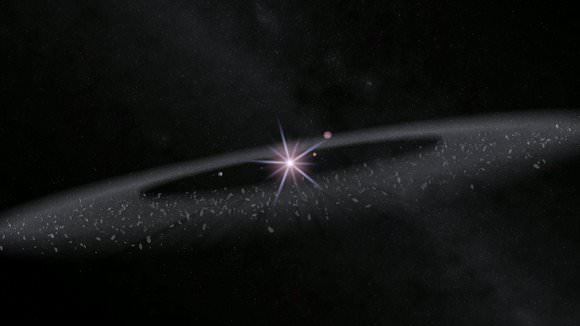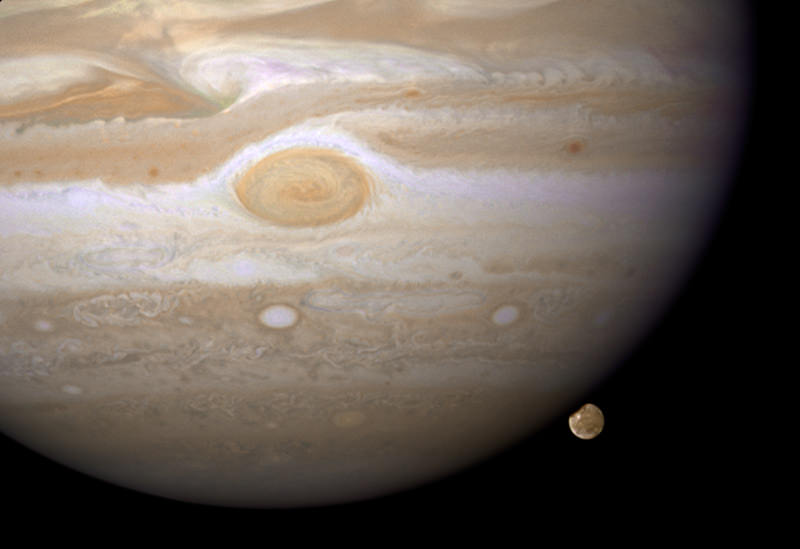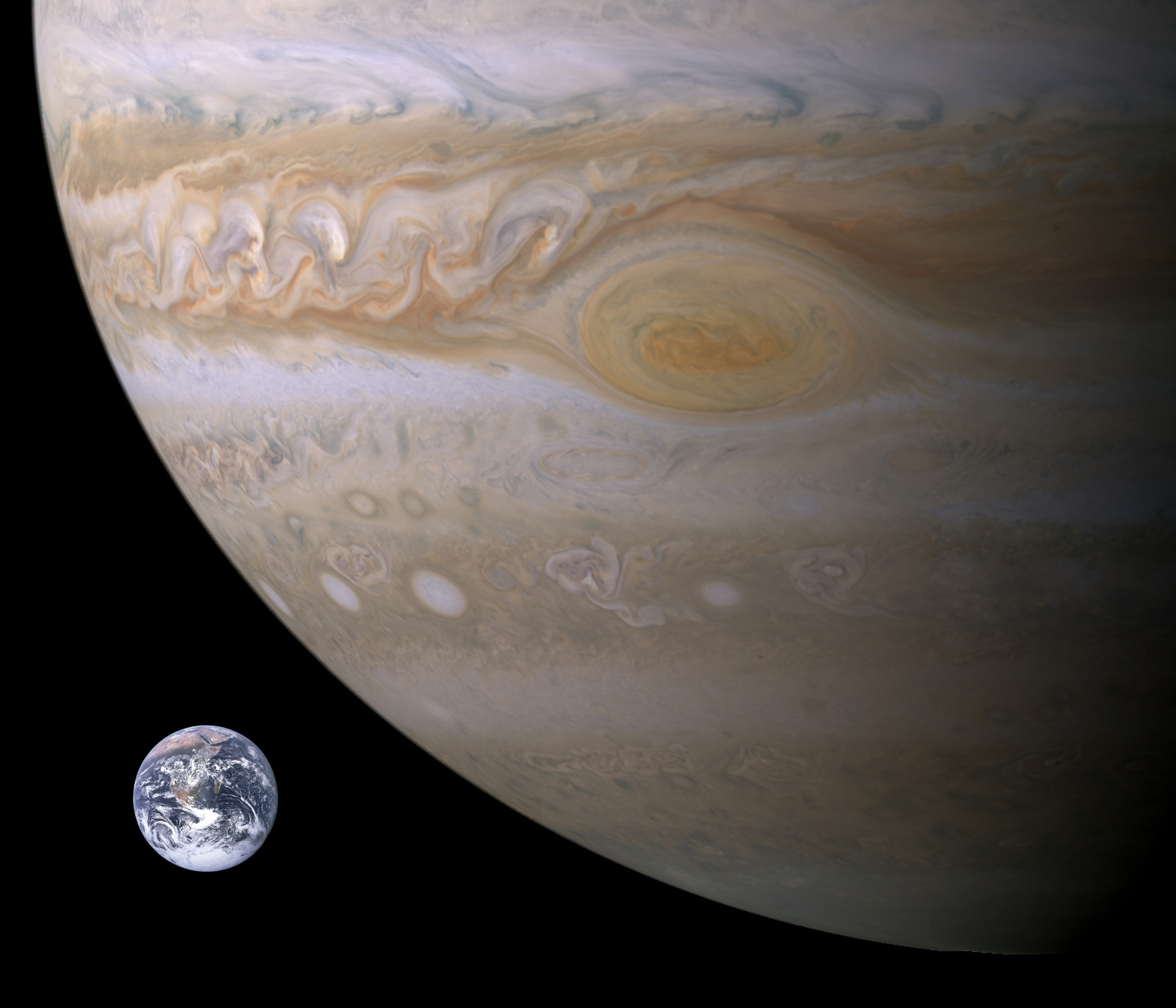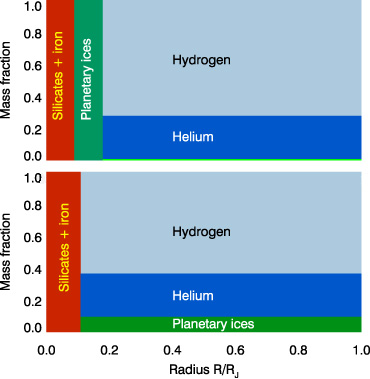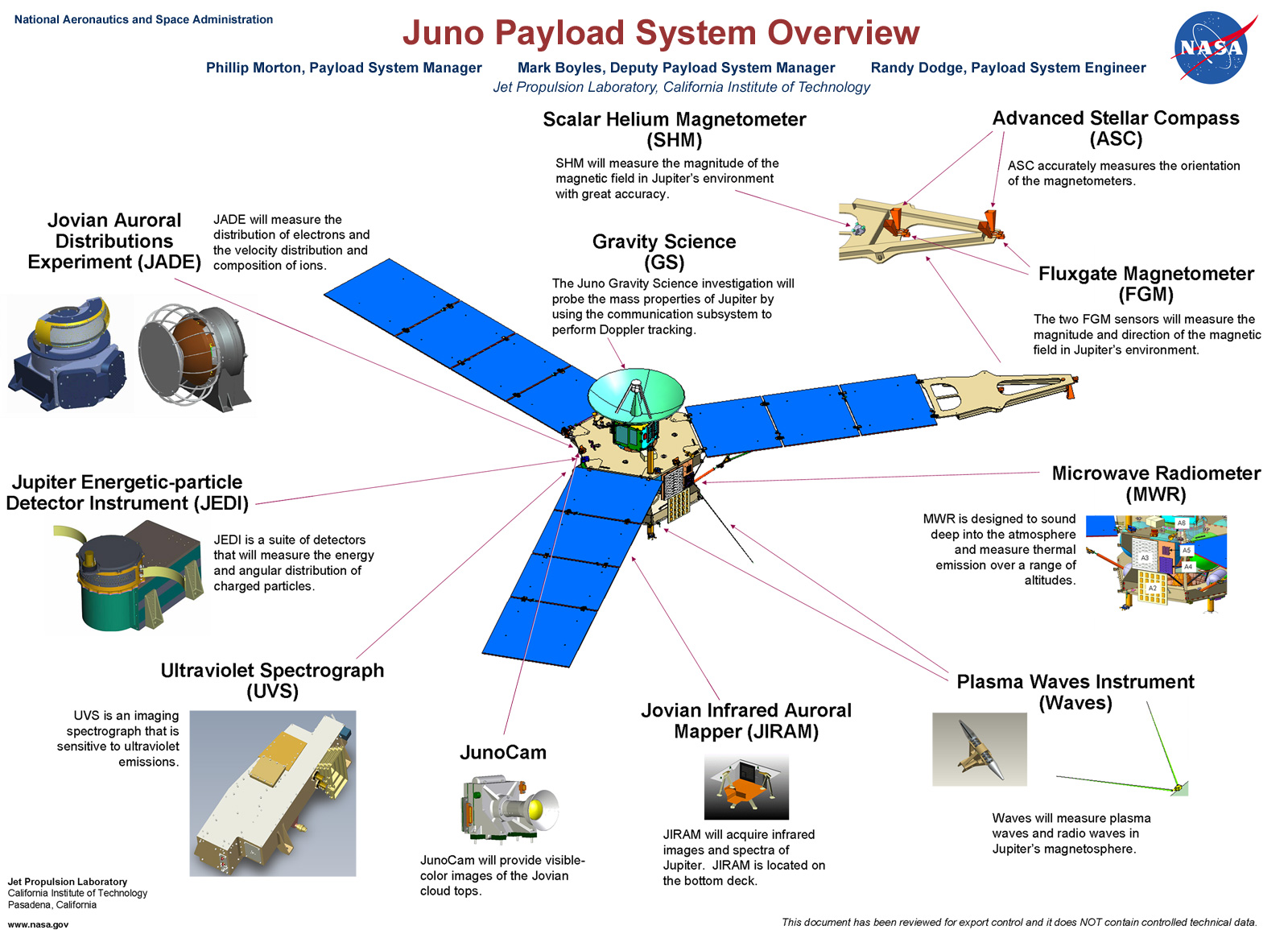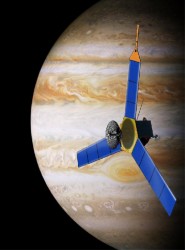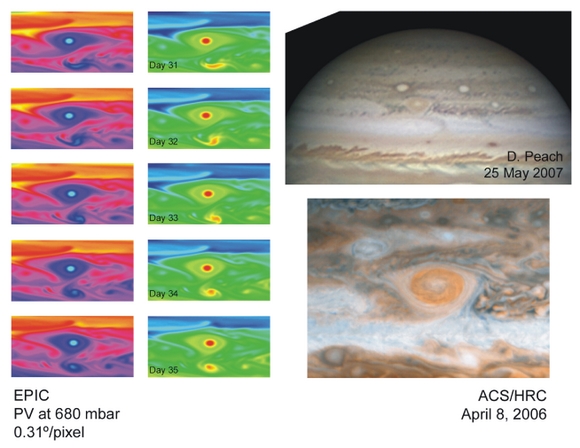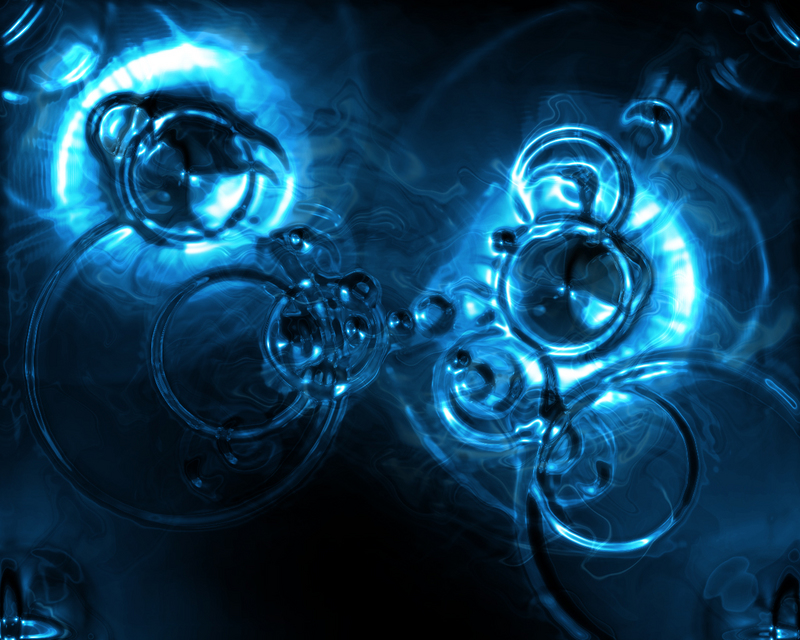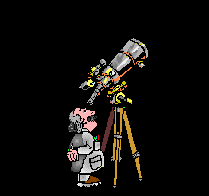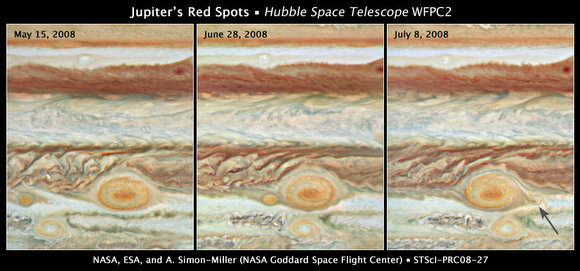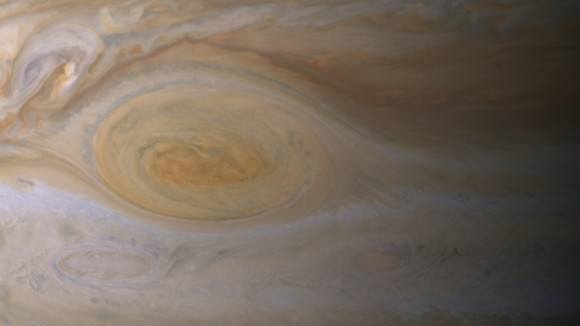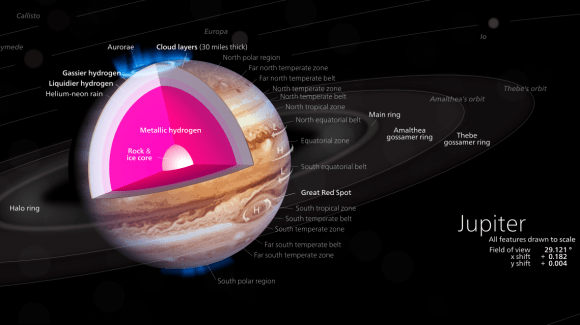[/caption]
When Mars and Jupiter migrated to their present orbits around 4 billion years ago, they left scars in the asteroids belt that are still visible today.
The evidence is unveiled in a new paper in this week’s issue of the journal Nature, by planetary scientists David Minton and Renu Malhotra from the University of Arizona in Tucson.
The asteroid belt has long been known to harbor gaps, called Kirkwood gaps, in distinct locations. Some of these gaps correspond to unstable zones, where the modern-day gravitational influence of Jupiter and Saturn eject asteroids. But for the first time, Minton and Malhotra have noticed that some clearings don’t fit the bill.
“What we found was that many regions are depleted in asteroids relative to other regions, not just in the previously known Kirkwood gaps that are explained by the current planetary orbits,” Minton wrote in an email. In an editorial accompanying the paper, author Kevin Walsh added, “Qualitatively, it looks as if a snow plough were driven through the main asteroid belt, kicking out asteroids along the way and slowing to a stop at the inner edge of the belt.”
Walsh hails from the Observatoire de la Côte d’Azur in France. In his News and Views piece, he explains that the known Kirkwood gaps, discovered by Daniel Kirkwood in 1867, “correspond to the location of orbital resonances with Jupiter — that is, of orbits whose periods are integer ratios of Jupiter’s orbital period.” For example, if an asteroid orbited the Sun three times for every time Jupiter did, it would be in a 3:1 orbital resonance with the planet, he wrote. Objects in resonance with a giant planet have inherently unstable orbits, and are likely to be ejected from the solar system. When planets migrated, astronomers believe objects in resonance with them also shifted, affecting different parts of the asteroid belt at different times.
“Thus, if nothing has completely reshaped the asteroid belt since the planets settled into their current orbits, signatures of past planetary orbital migration may still remain,” Walsh wrote. And that’s exactly what Minton and Malhotra sought.
The asteroid belt easily gave up its secrets, showing the lingering evidence of planetary billiards on the inner edge of the asteroid belt and at the outer edge of each Kirkwood gap. The new finding, based on computer models, lends additional support to the theory that the giant planets — Jupiter, Saturn, Uranus and Neptune — formed twice as close to the sun as they are now and in a tighter configuration, and moved slowly outward.
“The orbit of Pluto and other Kuiper belt objects that are trapped in [orbits that resonate] with Neptune can be explained by the outward migration of Neptune,” Minton and Malhotra write in the new study. “The exchange of angular momentum between planetesimals and the four giant planets caused the orbital migration of the giant planets until the outer planetesimal disk was depleted.” Planetesimals are rocky and icy objects left over from planet formation.
“As Jupiter and Saturn migrated,” the authors continue, they wreaked havoc on the young asteroid belt, “exciting asteroids into terrestrial planet-crossing orbits, thereby greatly depleting the asteroid belt population and perhaps also causing a late heavy bombardment in the inner Solar System.”
The late heavy bombardment is proposed to have occurred about 3.9 billion years ago, or 600 million years after the birth of the Solar System, and it’s believed to account for many of the Moon’s oldest craters. Walsh said a reasonable next step, to corroborate the theory about the newly described clearings in the asteroid belt, is to link them chronologically with the bombardment.
LEAD PHOTO CAPTION: Artist’s depiction of the asteroid belt between Mars and Jupiter. Credit: David Minton and Renu Malhotra
Source: Nature

